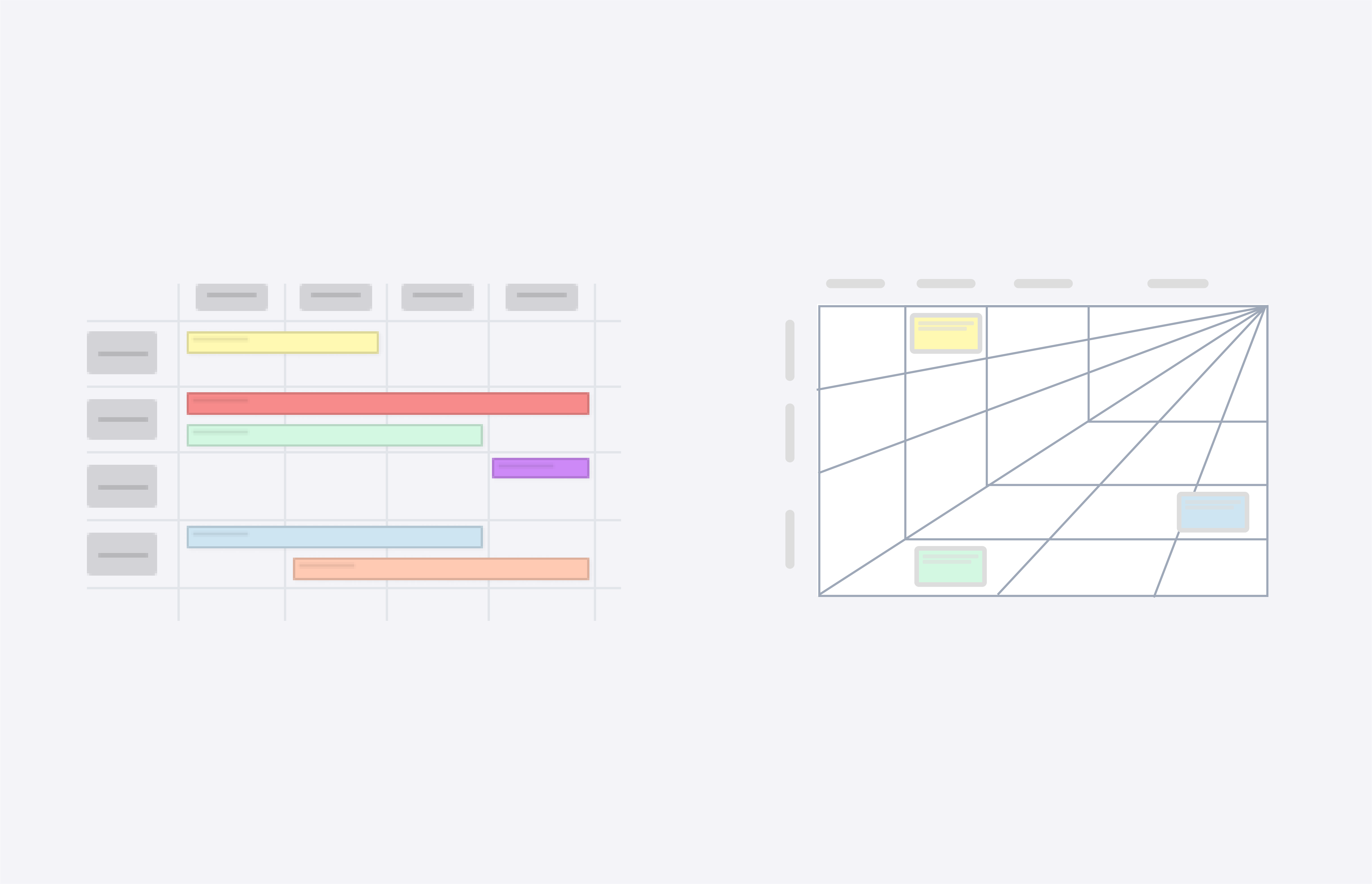Using Roadmap Templates in your Online Whiteboard

The vision has been cast, the planning done, what is next? A product roadmap helps teams determine what will be delivered and a timeline for it. A product roadmap is a template that provides a visual for the big components needed to meet the business objectives and creates a timeline for implementation of features in conjunction with strategy. Using a roadmap template in an online whiteboard will allow your team to collaborate from anywhere in the world to ensure your team is on the same page.
Roadmaps are created separately from story maps, etc. Those templates communicate what ultimately goes on the roadmap. Road maps are an essential addition to connect strategy to implementation.
You can visually communicate the direction of a product through roadmapping across multiple teams. Marketing teams can be more prepared for launches, developers can attach timelines to better gear up sales teams to support the initiatives. IT teams can benefit from creating an improved infrastructure. The more units considered in a roadmap, the greater amount of alignment and support your team will find.
Here are the steps to build out your roadmap:
STEP 1: Create strategy
This is the “why.” Set your goals, communicate vision, and create initiatives for your product to ensure they support the business goals. Be sure to capture a strong vision so your team can get a tight grasp on how the goals will improve the customer experience. Use your online roadmap template create a solid strategy.
STEP 2: Review ideas
Customers can bring in a lot of feedback, some more closely aligned to the business objectives than others, therefore, it is important to rank the ideas. Teams can vote on which ideas that fit best to ensure everyone’s voice is heard whether white-boarding online or building your roadmap in a physical space.
STEP 3: Define features and requirements
The features create the “what” element to the “why” defined with the strategy. The “what” is built through user stories. Add in specific requirements for developers, and you have a clear picture with context to build a great product.
STEP 4: Organize focus areas and release increments
Once everything is built in your online roadmap template then your team can organize what goes where, and when to develop the specific features and when to launch. Think in time increments. Label your online whiteboard appropriately.
STEP 5: Choose a view
Each time you create a roadmap, determine who needs to see what and what information needs to be shown, set a time frame, and stay aligned with the purpose of the roadmap.
Didn’t find what you need? Visit our Help Center to find answers or get in contact with our team.
Ready to try CardBoard for yourself? Sign up to start your 14 day free trial!
